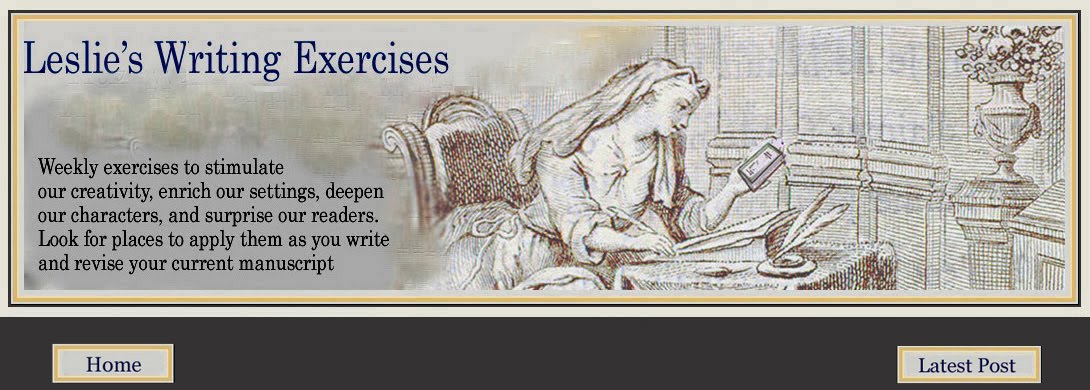8/11/2010: I’m about to finish the rough draft of my latest short story. The estimated time of completion is nine-thirty this evening, but only if I stop blogging now and get back to writing.
I have a plan for this story and here’s what I’m aiming to do: I want to take this “shitty first draft” and turn it into a finished masterpiece by September 30th. A nearly impossible task (especially the “masterpiece” part), but certainly something to strive for, don’t you think? John Gardner thinks I should. He thinks I can come close, too, in places, if I really work at it and concentrate on each individual unit: “When the beginning writer deals with some particular, small problem, such as description of a setting, description of a character, or brief dialogue that has some definite purpose, the quality of the work approaches the professional.”
Obviously, then, I'm going to need some help. I can’t accomplish this goal without some very good instruction and guidance. For that I’ll turn to some of my favorite writing teachers, and to authors whose stories and novels I’ve admired, whose writing constantly surprises and astonishes. Not that I want to copy their style, but I do like to study how they accomplish what they do in just a few short sentences or paragraphs. For instance, how does the author make me feel such sympathy for her despicable villain? When the description of a particular setting makes me feel as though I know the place as intimately as I do my own town, I wonder how the author accomplished that. And here's a good one: how is it possible for an author to smoothly transition from the present to the past, and back again, fifteen times in one short piece of fiction without my even noticing?
The late John Gardner, writing instructor, author, and mentor to the likes of Raymond Carver (who wrote what is considered by some to be the most nearly perfect short story ever written: “Cathedral”) believed that with practice, and sharply focused concentration, we can surprise ourselves with the great work we produce. The focused concentration comes in the form of writing exercises limited to one particular element of technique at a time. We can use the rough drafts of our own stories to practice, perfect, and apply these techniques, and thereby write our “masterpieces.”
I can see already in my rough draft many of the different structural units that will need to be developed there. My plan is to concentrate on each one individually and work my way through the story as Gardner suggests, “working unit by unit, always keeping in mind what the plan of [the] story requires [me] to do but refusing to be hurried to more important things (Aunt Nadia’s hysteria when the gun goes off)….”
So here’s the plan: you finish the rough draft of your story and I’ll finish mine (yikes, it’s after one o'clock already!) Then meet me back here this weekend for our first exercise. September 30th is only seven weeks away and we have so much yet to accomplish!
Happy writing…
Leslie
Leslie
John Gardner: The Art of Fiction: Notes on Craft for Young Writers (click here for an interesting story about John Gardner, by Jeff Widmer)
Raymond Carver: "Cathedral" (You can purchase "Cathedral" as part of many, many short story anthologies, but I suggest getting it here, where not only is the complete text printed at the back of the book, but where you'll also have the benefit of experiencing "Cathedral" as a teaching tool, the story analyzed by the experts at Gotham Writers' Workshop)



No comments:
Post a Comment
Thanks for sharing your thoughts...